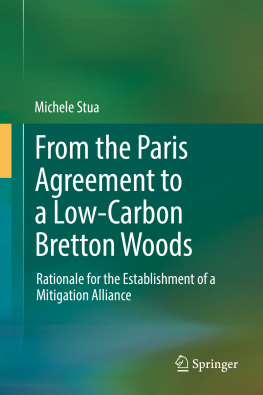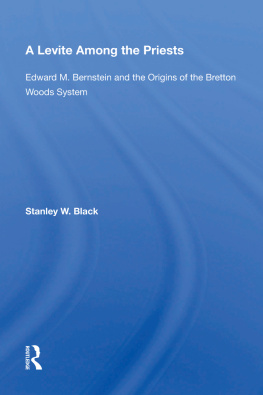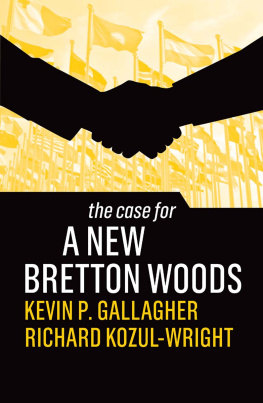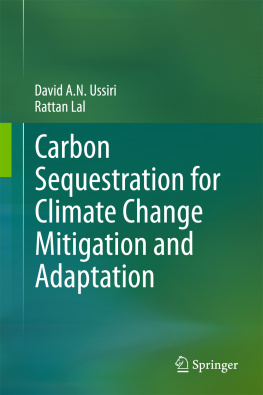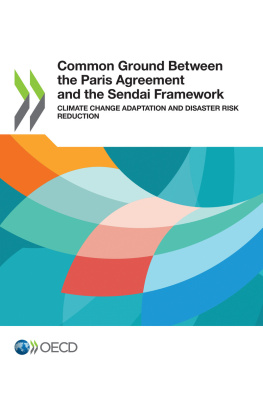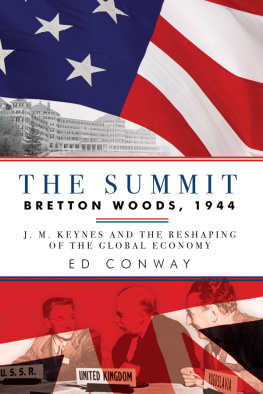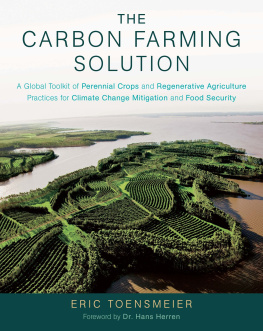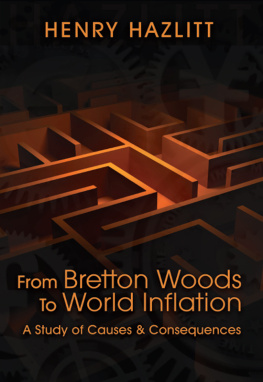Springer International Publishing AG 2017
Michele Stua From the Paris Agreement to a Low-Carbon Bretton Woods 10.1007/978-3-319-54699-5_1
1. Introduction
Abstract
The Paris Agreement has provided a new long term basis for international climate policy and erased the Copenhagen failure. However, its success depends on the willingness of each participating government to actually mitigate emissions. A transformational club of countries agreeing on common, stringent mitigation targets that achieve the net zero emissions philosophy of the Agreement could play a trust-building role in the early phases of the Paris regime. By using Art. 6 of the Paris Agreement, this Mitigation Alliance would engage in direct or indirect linking of carbon markets and thus generate a benefit for their members. Independent certification of mitigation achieved should be built on the experiences of the Clean Development Mechanism. From the initially existing different carbon markets, a convergence to a system of linked emission trading schemes with a single international and domestic offset scheme for sectors not covered by trading should be aimed for. This will be governed by a set of institutions that are modelled on successful monetary and trade policy institutions. The next years will give us an opportunity to set the rules of the Paris Mechanisms in a manner that supports emergence of a Mitigation Alliance.
1.1 Why Can Market Mechanisms Enhance Mitigation Ambition?
Market mechanisms have been attacked over many years by environmentalists to be a loophole that reduces mitigation ambition (e.g. Bhm et al. ). We are of the opinion that well-designed market mechanisms can actually enhance mitigation ambition, particularly as the international climate policy regime develops towards a pledge and review system. This book develops a proposal how under the climate policy regime developed by the Paris Agreement voluntary action by a group of governments can be built on a market mechanism approach. Each of the sub-sections in this introduction describes one chapter of the book and its principal approach.
1.2 The Paris Agreement
The Paris Agreement (UNFCCC ). Thus, despite its strong ambition embodied in the target to reach a balance between emissions and sinks in the second half of the century, the Paris Agreement is only as strong as the sum of all countries action. This also applies to the flexibility mechanisms built in its Article 6. They can only become relevant if a sufficient number of governments is willing to use these mechanisms either on the selling or the buying side.
1.3 Climate Clubs and Where They Can Make a Difference
A key feature of delivering ambition under the Paris Agreement could be through coalitions of countries that want to achieve a higher mitigation ambition than others (Sabel and Victor ). Also, indirect linking through an offset mechanism would be possible whose credits are accepted by all club members. This would provide a carrot for participation. At the same time, club member governments might want to ensure that their companies do not duffer a competitive disadvantage by non-club members, for example through carbon border adjustments. However, such an approach may not be consistent with rules of the World Trade Organization. In the absence of that possibility, club members would need to agree on non-compliance penalties for members. Such non-compliance regime could be built around Art. 6 of the Paris Agreement.
1.4 A Mitigation Alliance as Special Form of a Climate Club
Art. 6 can serve as the basis for a transformational club due to its principles that stress the voluntary nature of collaboration among a subset of governments. This Mitigation Alliance could decide on highly ambitious emission targets for its members that would then be denominated in terms of common emission units. In order to make the club viable in the long term, a joint mitigation target could be designed for the entire club and then allocated to the member states according to previously defined burden sharing criteria. A cooperative approach under Art. 6.2 could be used to generate Internationally Transferable Mitigation Outcomes (ITMOs). This approach would fulfil certification functions. In order to provide incentive for joining the club, club members would not allow use of offset credits coming from outside the club nor acquire any mitigation technologies from non-members. This can of course only be implemented if the key providers of mitigation technologies are club members.
1.5 How to Define the Common Mitigation Target
Given the Paris Agreements overall long-term target to achieve a balance of emissions and sinks in the second half of the century, national emission targets of the Mitigation Alliance should also reflect this target. This could be achieved by defining a global mitigation pathway consistent with the long-term target and then allocating mitigation targets to the member states. The target would be defined in mitigation contributions over time - not emissions allowances - and would take into account carbon embodied in imports of goods and services. It would be defined according to the concept of graduation and deepening (Michaelowa et al. ) meaning that the stringency of the target would be defined according to tiers of club members. An adjustment term covering emissions growth of club members that are not subject to any target or that have overshot their target would be applied for each future period and thus ensure that the overall mitigation ambition remains the same.
1.6 Learning from the Clean Development Mechanism
One of the key successes of the Clean Development Mechanism (CDM) under the Kyoto Protocol was the methodological backbone of the mechanism as well as its system of independent verification and certification of mitigation results by accredited third parties. Thus, all transactions under Art. 6 within the Mitigation Alliance should undergo third party verification and certification. This should be the case both for project-based and higher aggregation level based mitigation. Obviously, for the latter new methodological approaches are required, as determination of business-as-usual and additionality are more challenging for highly aggregated mitigation on the level of policy instruments or even entire sectors.
1.7 Kinds of Transactions
Whether there will be full integration of carbon markets under a Mitigation Alliance or whether various forms of interaction coexist remains to be seen. Classically, emissions trading systems (ETS) are likely to form the backbone, complemented by project-based offset systems. The latter can be limited to activities in the specific jurisdiction or have an international scope. To reach the ambition embodied in the national emission targets, ETS with strict allocation regimes would have to provide demand for offset systems harnessing mitigation from sectors not appropriate for ETS. Over time, the existing market mechanisms in the different member states would converge into a system of a single, multi-country ETS with a single international and national offset scheme. Whether only monetary payment is done or whether non-monetary forms of remuneration can also be applied, remains to be seen. Transactions can be taxed in kind or in monetary form, building on precedents under the CDM.

